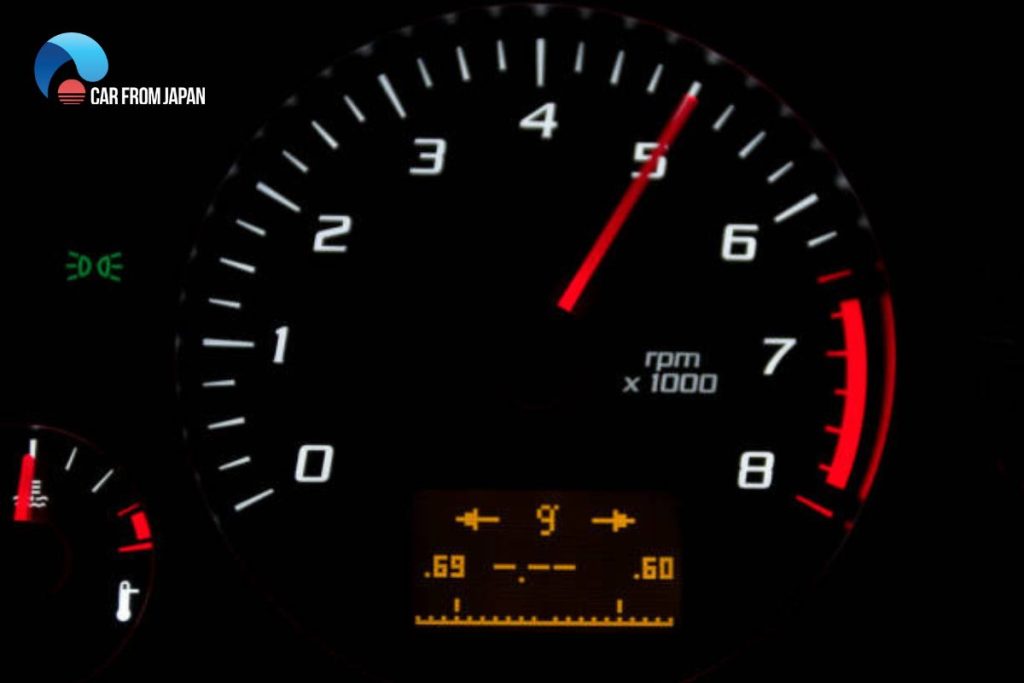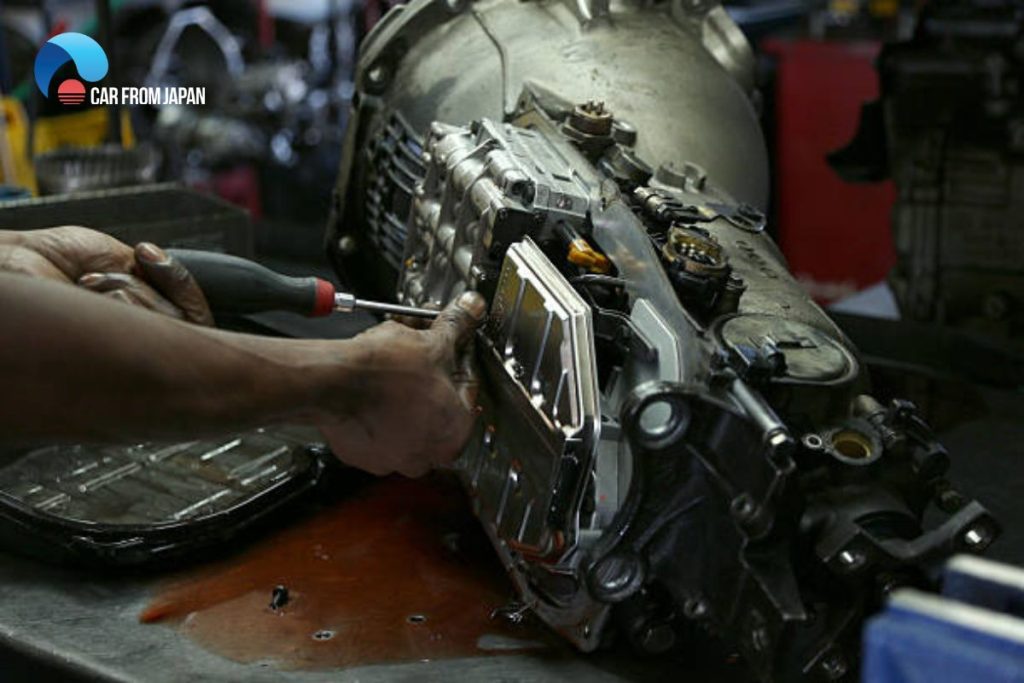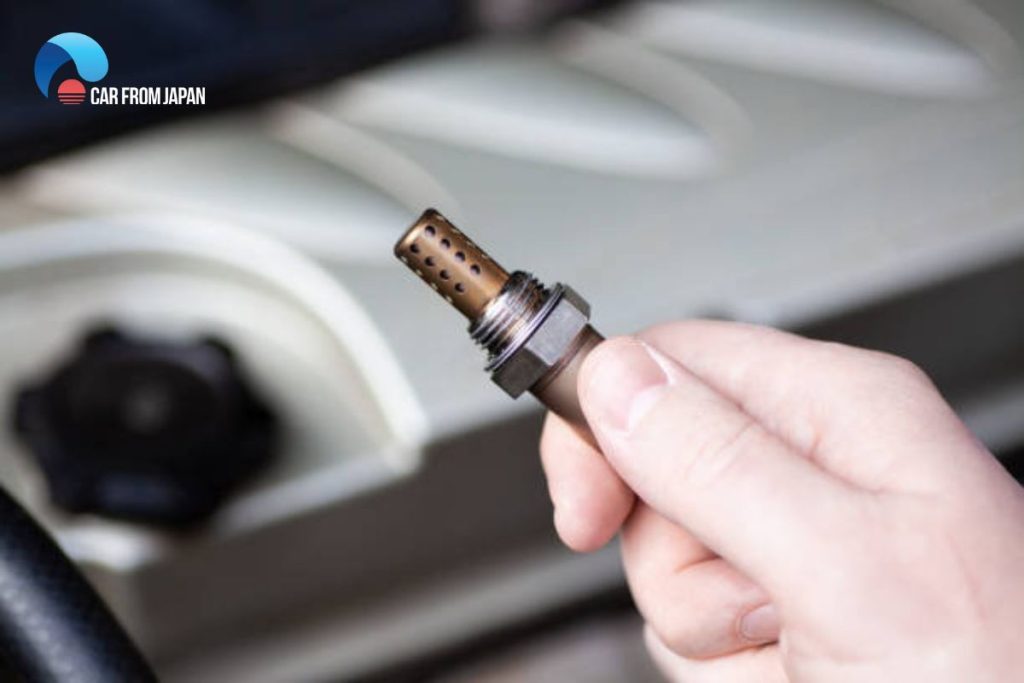RPM is an important parameter that determines the ideal time to change gears on a manual transmission car. Shifting gears at the most ideal RPM helps optimize fuel combustion and prolongs engine life. High RPM when accelerating or driving is one of the abnormal signs appearing in the car, the driver needs to take remedial measures at that time to limit unnecessary risks.
Contents
What Is Rpm In A Car?
Before going into detail about each cause of high RPMs, we should have basic knowledge about the car’s RPM to know about the meaning of this parameter and what it does. RPM is a parameter that affects the performance of your car, which is closely related to capacity and torque.
In simple terms, RPM is the number of revolutions of the car engine in 1 minute. RPM stands for Rotation Per Minute, displayed on the rev counter in the instrument cluster digital (dashboard) in the cabin.
RPM is inversely proportional to the gear levels on the car and proportional to the capacity of the vehicle, reaching a maximum speed of 5,000 – 10,000 rpm for racing cars. For each gear level, the ideal rev rating is not the same.
The higher the RPM, the greater the engine capacity, the faster the vehicle moves, and the higher the fuel consumption and the engine noise during driving. The more the engine works, the louder the noise it makes. If the motor is operating close to the overload threshold, the roar will be very loud. RPM is an important parameter allowing you to know:
- Deciding when to shift gears on a manual transmission car.
- Make the car maximize its fuel by shifting gears at the right time.
- Determine if the engine and transmission are working properly.
- Find the right driving method to prolong the life of the engine.

What Is A Normal RPM When Driving?
To save fuel, optimize engine capacity, and move smoothly on the road, drivers need to be flexible in shifting gears and adjusting engine rpm in an ideal state. So, how much rpm is reasonable? For gasoline engines, in idle mode, RPM is stable at 700 – 800 rpm.
When the car starts or starts up after a long period of inactivity, the RPM fluctuates around 1000 rpm to warm up the engine and create a suitable temperature. Besides, some drivers wonder what’s a normal RPM when accelerating?
When accelerating lightly, shift to the next highest gear when the RPM is around 3,000 RPM. During hard acceleration, shift gears when the RPM gauge shows around 4,000-5,000 RPM.
When the car is driving normally on the road, RPM varies with each gear level on your car:
- No. 1, No. 2: 1,400 – 1,800 rpm
- No. 3, No. 4: 1,300 – 1,700 rpm
- No. 3, No. 4, No. 5: 1,200 – 1,600 rpm
These numbers are the standard for the driver to operate the car smoothly on the road, flexibly changing gears on each terrain, ensuring safety when participating in traffic. In case of emergency braking, while traveling at high speed, the driver should reduce the engine rpm to less than 1,000 rpm according to the rule of “smooth point receiving gearshift” to find out the ideal number of rpm before performing the gearshift operation. If driving on an open road, with few obstacles, the ideal rpm is only 1,200 rpm.
High Rpm When Accelerating: 7 common reasons
If you have ever experienced driving on the street and noticed your RPM jumping when accelerating, it makes your engine consume more fuel. It can even lead to the engine overheating. You’re not alone. Many drivers share with us that they have encountered this problem and wonder, “Why my rpm keeps jumping?”. Therefore, it is necessary to check to find the cause and deal with it as soon as possible. Drivers need to carefully learn some of the reasons below to apply a reasonable remedy:
Vacuum leak
A vacuum leak occurs when more air is injected into the internal combustion engine, this extra air is not detected or “read” by the engine computer – this is the part that calculates the correct amount of fuel ideally can be injected into the engine, thus creating an incorrect fuel-air mixture and is often referred to as a poor fuel-air mixture. A leaky vacuum allows air to enter, increasing the amount of air in the engine cylinder combustion chamber.
At this time, the ECU receives the signal and adjusts the amount of fuel accordingly, which causes the error that causes RPM to increase. To detect the vacuum leak, you can use a spray bottle to spray the soap and water mixture around the suspected leak areas. The leak will absorb the water, which you can see with the naked eye. Otherwise, the engine will be temporarily smooth because the water seals the leak, improving the air-fuel ratio.
Clogged fuel injector

The fuel injector is the part responsible for supplying fuel to the vehicle, specifically injecting fuel directly into the cylinders of the engine. This directly affects the acceleration of the vehicle. When the injectors are clogged with dirt and impurities, it will cause acceleration problems. Because the damaged injector can’t give the exact amount of fuel to your engine, it can lead to increases and stagnation and causing RPMs to jump up and fall,l especially when accelerating.
Dirty air filters
The filter system functions as a “lung” in a car engine. Air filters are your vehicle’s first line of defense by preventing airborne contaminants from being pulled into the engine compartment. Over time, the air filter is easily covered by dust and other substances and generally loses the ability to filter the air entering the engine. For this reason, unstable airflow can get into your engine, causing RPMs to fluctuate and making you have trouble starting or accelerating.
Problems with timing
Timing is more important in your engine because the timing of fuel injection and valve opening will determine the power of the engine. If the valve is outdated, it will affect the performance and fuel consumption of your car. This can lead to the RPMs jumping up and down while accelerating
Transmission problems
When you have trouble with transmission fluid problems, it will make a high RPM when the automatic transmission shifts. Transmission fluid helps lubricate the gears in the transmission and some other parts of the engine. This fluid helps to lubricate, prevent rust, prevent corrosion, and cool the engine.
Your vehicle begins to rev at a higher speed when fluid begins to leak due to the transmission band or torque slip. Some other signs of a transmission fluid leak are erratic or delayed gear changes.

Idle control valve malfunction
Check the idle control valve is one of the important steps recommended by mechanics when the high rpms while driving. The idle valve is a component commonly installed in fuel injection vehicles with the function of controlling the engine’s rotational speed.
The ISC valve is installed to regulate and maintain the idling speed of the engine at a constant speed. If the valve fails or any malfunction occurs, the load speed will be unstable, abnormally high or low, continuously decreasing or increasing. This is the reason why RPMs jump erratically.
Oxygen sensor dirty/damaged
There are many causes of dirty oxygen sensors, such as leaking coolant, and gasoline additives… The oxygen sensor has the function of measuring the amount of residual oxygen in the exhaust gas.
A faulty oxygen sensor affects its ability to react to excess oxygen in the exhaust gas, leading the ECU to misalign the air ratio. More fuel and air supply to the combustion chamber requires the engine to operate more powerfully. This leads to increased RPMs.

How To Prevent The High RPM When Accelerating?
Every car has a rev counter and is marked with a red line. If the red line signal continuously appears for a long time, it will seriously affect the engine parts. The driver needs to take the car to the nearest repair facility for inspection or you can follow some simple methods to overcome and prevent the situation of RPMs jumping.
- The first thing you should be concerned about is your engine. There may be some problems in your engine that can lead to RPMs jumping. The engine light on the dashboard will come on when this happens. If you don’t have much experience in repairing cars. Checking and finding the problems in your engine should be diagnosed by a professional mechanic, so have your car checked out for this fix.
- Regularly check and clean the parts in the car engine compartment, like fuel injectors, air filters, sensors, and valves… to make sure these parts always work smoothly. For example, When checking the valves, and found that the valves are covered with dust and dirt. Maybe this is the reason for the condition of the car. Clean the sensor thoroughly, and clean the jacks and the suction throat. Install the sensor back and start the engine, see the engine rpm is about 1200 rpm. For a while, the rpm returned to a stable 1000 rpm.
- Perform car maintenance regularly to detect problems early and take timely preventive measures.
FAQs
How to increase RPMs effectively?
With a gasoline engine, normally the engine rpm will rotate in the range of 700 – 750 rpm when the car is running in idle mode. At this time, the temperature fluctuates in the range of 80 – 90 degrees to ensure that the car engine operates stably and smoothly. If you feel that the car is jerking due to inactivity for a while, this is the time to automatically increase the engine rpm to 1,000 rpm suddenly. The driver should not worry too much because the way to increase the engine rpm will be very simple if you know the rules of adjusting the gear to match the engine rpm.
When operating, if the car runs in gear from 1 to 2, the driver should increase RPM to reach between 1,400 – 1,800 rpm. If shifting from 2nd gear to 3rd gear, the driver should only let the engine rev at about 1,300 – 1,700 rpm, in case the car is in 3 – 5 gear, RPM will only increase in the range of 1,200 – 1,600 rpm.
What does it mean when the RPM jumps?
Fluctuating RPM at idle could be due to various reasons, such as a faulty idle air control valve, vacuum leaks, dirty throttle body, or issues with the fuel system. It’s best to have a qualified mechanic inspect your car to diagnose and fix the specific problem causing the fluctuation.
What happens if you accelerate beyond the maximum recommended RPM?
Pushing your engine beyond its maximum recommended RPM can lead to serious damage. Over-revving can cause excessive wear and tear on internal components like pistons, valves, and connecting rods. In extreme cases, it can even result in catastrophic engine failure, requiring costly repairs or even a complete engine replacement.
Is it bad to drive the car at low RPM?
Low RPM is not bad or damaging for your engine if you remain sensible. Low RPM (5th gear and around 50-60 kph) is acceptable when you are moving or slowing down, but when you start to accelerate low RPM puts the engine at a disadvantage when shifting gears. You can imagine when you are driving at a low speed and suddenly, you want to accelerate. When this happens, it will put a lot of force on the clutch, crankshaft, and bearings, but this won’t really do too much harm to the engine.
Final Thoughts
RPM is a parameter that shows the rotational speed of the engine, a fast-rotating engine will produce enough power to help the car move quickly. Normally, the car will operate stably at a certain RPM.
However, if your RPM is suddenly higher or abnormally slow while the car is still driving in normal mode or accelerating, the engine is likely to have a huge problem or it has some problems with your car.
In the above analysis, we have mentioned some causes of high RPM when accelerating. Corresponding to each cause, we will have different solutions, but not all measures we can do or repair at home. If you can’t diagnose or find the exact reasons and solutions for this phenomenon, don’t hesitate to have support from professional mechanics.



